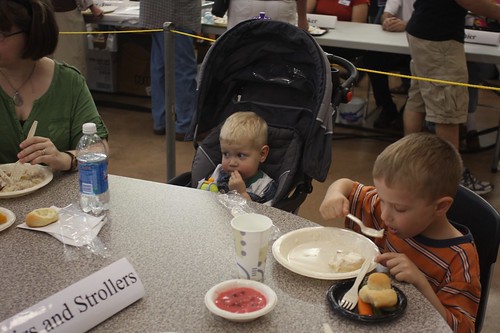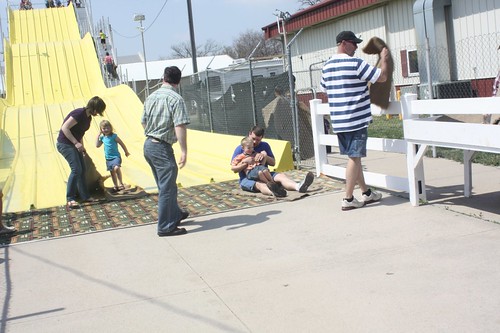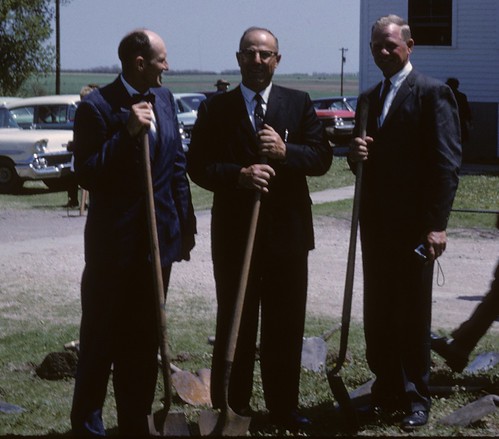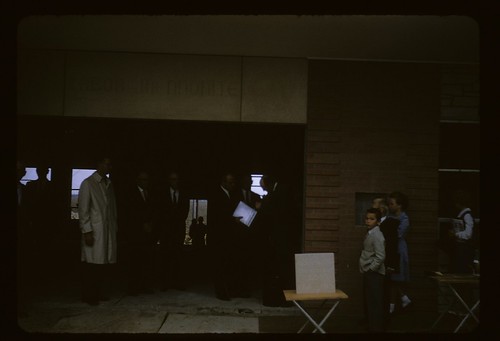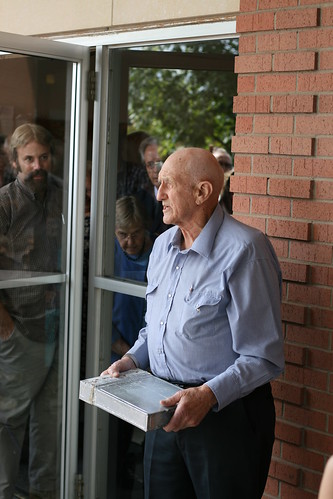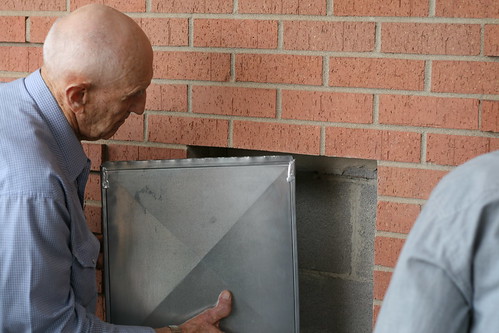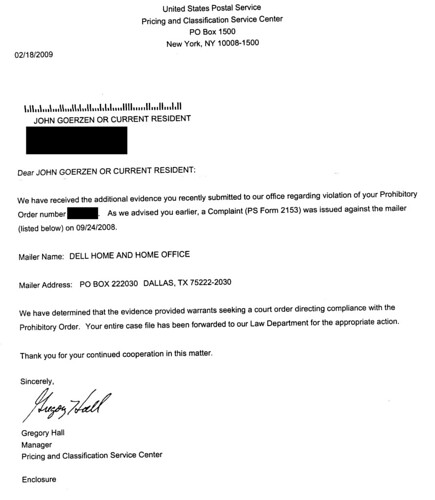I read 7 Ways Religion is Detrimental to Science, and thought it would be an interesting read. It was, but I don’t think it really made sense. Let’s look at the 7 ways they highlighted:
1. Faith and the Scientific Method are Opposites
The article states:
Faith is a belief in an idea regardless of the evidence for or against it.
Actually, that’s not true at all, at least for traditional Christianity. (Note that traditional Christianity is not the same as fundamentalism). Marcus J. Borg describes faith in four ways:
Fiducia — trusting in God. Borg says, “Faith . . . [means] we trust in God as the one upon whom we rely, as our support and foundation and ground, as our safe place.”
Fidelitas — loyalty, or “the comment of the self at its deepest level, the commitment of the ‘heart’. Faith as fidelitas does not mean faithfulness to statements about God. . . Fidelitas refers to a radical centering in God.”
Visio — a way of seeing — “a way of seeing the whole, a way of seeing ‘what is’. . . the ability to love and to be present to the moment. It generates a ‘willingness to spend and be spent’ for the sake of a vision that goes beyond ourselves.”
Assensus — perhaps the closest to what the author meant, is “faith as belief.” Borg goes on to add:
The notion that Christian faith is primarily . . . about belief, about a “head” matter, is recent. . . For many, Christian faith began to mean believing questionable things to be true. . . this is the most widespread contemporary understanding of “belief”.
This is very different from what faith as assensus meant. . . A deep but humble (and therefore imprecise) understanding of Christian faith as assensus, as involving affirmation of the centrality of God as known in the Bible and Jesus, is very close to faith as vision. It is a way of seeing reality.
As a Christian, I do not find the scientific method to be a problem. I find it to be enlightening in all sorts of matters, including even the history of religion in some instances. Christian faith is not about believing in certain ideas (such as the world being created in 6 literal 24-hour days), though there are those that distort it to be so. Rather, Christian faith is about living your life a certain way, about the meaning of life, about our duties to make the world a better place.
2. People Vote Base on Religious Ideas
The author says that “Stem Cells weren’t the first time a body of research didn’t get proper funding because some religious wack-jobs.” Well, I agree that that was a problem. Non-religious people can vote in odd ways too. I argue that the rejection of stem-cell research goes against Christian teaching; after all, we are to help the least among us, and do not people with Alzheimer’s qualify?
I think the author’s point should have been “exremists have odd views.” Extremists can be atheist, Christian, Muslim, Buddhist, or other religions. Religion does not have a monopoly on them.
3. Religion Removes the Need For Science
The author says:
When people are content to believe in something that explains why they are here, even if it is wrong, they become less interested in other ideas. Religion often leads people to believe that they have all the answers. Science is self-correcting in that nobody assumes they are absolutely correct.
That is incorrect on several levels. First, science cannot explain why we are here. It can explain some of the mechanics. As an example, let us take for granted that modern scientific thought on the origin of humanity is correct: that there was a Big Bang, that single-celled creatures evolved on earth, and that human life eventually evolved through a complex process of evolution and natural selection. Fine; this does not contradict religion in any way. Science and religion answer different questions. Science answers “how”. Religion answers “why”. Science cannot answer the question “Why was there a big bang?” or “Did the evolution of humanity serve a larger purpose?”
Moreover, religion should not assume that they have all the answers, either. The canonical Christian Bible was mostly fixed within a few centuries AD. Life in 200AD was a lot different from life today. Part of the reason there are many different groups of Christians is the complexity of applying the stories in the Bible to modern life. The ideas in any given denomination evolve over time, too. I think it would be the height of hubris for anyone, religious or not, to claim that he or she had all the answers. Again, I know that some religious people act that way, but then so do some atheists or agnostics.
4. People Lean on Religion, When They Could Benefit From Science
The author of “7 Ways” cites the quite rare case where a child dies of a curable disease while his/her parents pray, refusing medical care. This is an extreme position that is not shared by the vast majority of religious people. Most religious people are perfectly content to use the latest medical care.
Meditation or prayer does not replace medical care; it supplements it. Scientific studies have even demonstrated its effectiveness.
5. The Church Takes Up Natural Resources
The original author states that “The land that churches take up around the world could be used to build schools, homes, recreational buildings and commercial operations.” This is perhaps the most frivolous of arguments. Putting aside the fact that many churches operate schools, churches are often one of the few ways that modern city dwellers have to form a sense of community. They are not just places to engage in religion. They are places to meditate, to get away from it all, to meet your neighbors, to vote.
6. The Church Takes Up Monetary Resources
The original author says “if people donated to scientific advancement like they did to the church, imagine where we would be today.” It’s not a pleasant picture. Religion, and institutions supported primarily because of the teaching of religion, are the people that feed the hungry after natural disasters, that operate food pantries (our church operates the only one in our community, and it’s open to anyone without any questions or talk about religion), that operate schools in disadvantaged areas, that have spread the whole idea of fair trade for third-world artisans, etc.
It is true that acts of evil have been committed in the name of the church, too. It is also unquestionably true that some church groups spend money more carefully than others. As with any donation, people should be careful where they give. Government-operated research studies are not necessarily a good use of money, either.
7. Religion is A Strong Meme
The author of the original story seems to be responding to a particular brand of Christianity: what Borg calls “literal-factual” religion. There are quite a few people that take that stand. They are sometimes inaccurately referred to as “evangelicals” or the “religious right”; while there is some overlap between the groups, they are not one and the same. The people with the literal-factual view are not representative of the whole.
More interestingly, Borg points out that the literal-factual view was actually a response to the development of the scientific method during the Enlightenment. As the modern idea of truth moved to literal, factual, provable truth, some Christians grew defensive about their faith, and started to look for “scientific” ways to prove that the world was created in 6 days, etc. in an attempt to show the world that Christianity fit their new notion of truth.
That makes a compelling argument that the scientific method is the stronger meme in today’s Western world — so strong that the author of the rant against religion has apparently forgotten the more prevalant — both throughout history and today — view of Christianity that is “more than” Science, not at odds with science.

